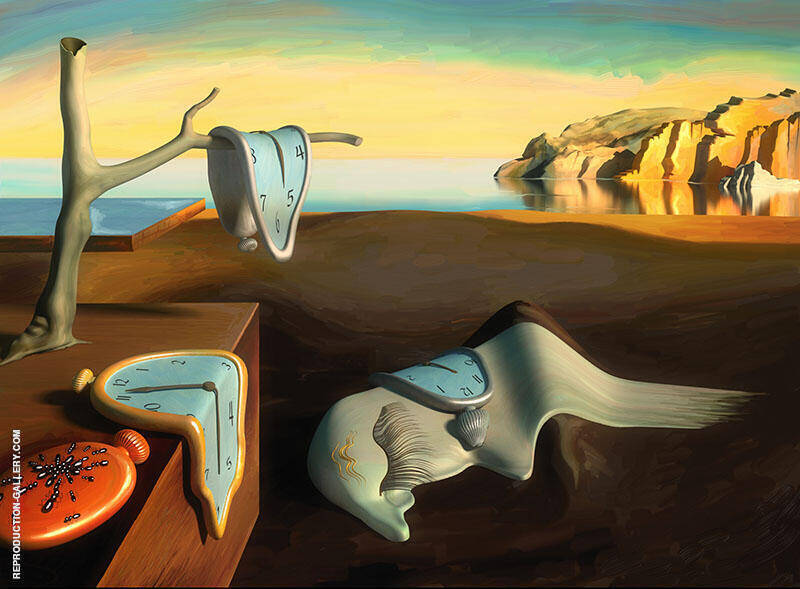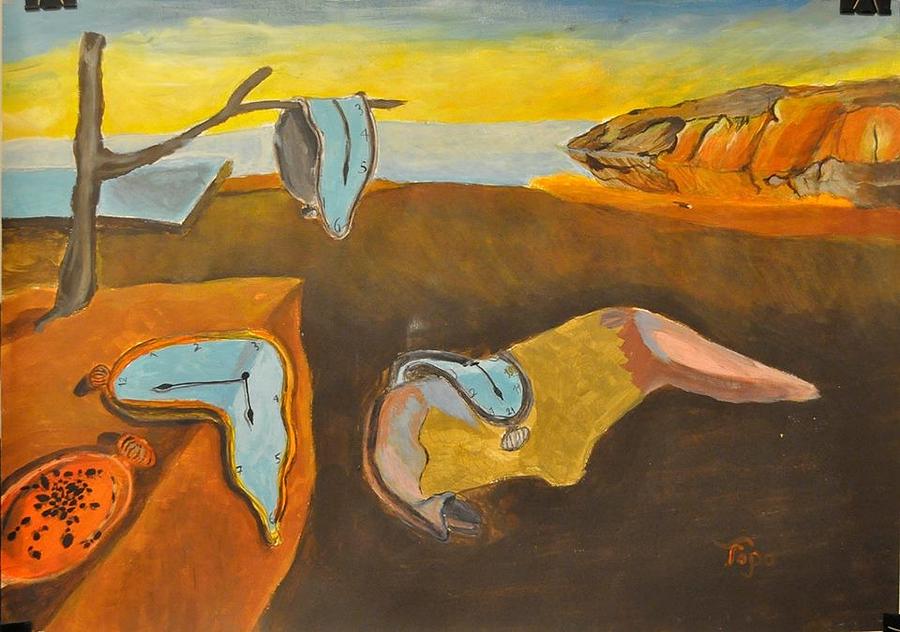
Petersburg, Fl., Salvador Dalí Museum, “Dalí and the Spanish Baroque”Ģ009, Melbourne, National Gallery of Victoria, "Salvador Dalí : Liquid Desire"Ģ015, St. I saw two soft watches, one of them hanging lamentably on the branch of the olive tree." After seeing the work that Dalí completed in an afternoon, Gala commented, "No one can forget the image once he as seen it."ġ952, New York, Carstairs Gallery, Dalí: The First Mystico-Nuclear paintings and the Assumpta Corpuscularia Lapislazulinaġ954, New York, Carstairs Gallery, “Dali 1954”ġ965, New York, Gallery of Modern Art, “Salvador Dalí, 1910-1965”Ģ004, Venezia, Palazzo Grassi, "Dali Retrospective"Ģ005, Philadelphia, Philadelphia Museum of Art, "Dali Retrospective"Ģ006, Tokyo, Ueno Royal Museum, “Dalí Centennial Retrospective”Ģ007, St. By 1929 he had become a leader of surrealism. In The Secret Life, Dalí wrote about the original Persistence of Memory: "I was about to turn out the light when instantaneously I saw the solution. This new style of art was Surrealism that allowed Dali to express all of his. Dalí found the rhino horn to be a symbol of absolute perfection, and referred to this phase of his career in the early 1950s as his “rhinocerotic” period.

The addition to the original painting of the missile-like objects flying in the background connects the work more clearly to the atomic bomb, yet the form is actually a rhino horn. The melting clocks in Salvador Dalis painting The Persistence of Memory were inspired by chunks of cheese he saw melting in the sun.

The rectangular blocks represent the “atomic power source,” and the form of the head of the Great Masturbator is depicted in a fluid manner. Free Essay: Surrealism is a 20th-century art and literature movement that pursued the creative potential of the unconscious mind. In contrast to his 1931 Persistence of Memory, the 1952-54 Disintegration shows the world altered by the nuclear age. The reappearance of the inspirational rock formation at the Bay of Cullero and the forlorn olive tree links this composition back to the original painting. His best-known work, The Persistence of Memory, was completed in August 1931, and is one of the most famous Surrealist paintings.


 0 kommentar(er)
0 kommentar(er)
